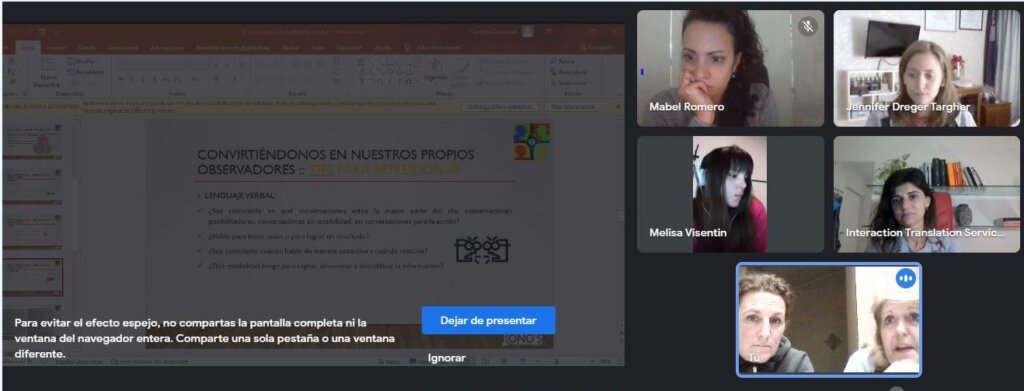Miscommunication seems to be the root cause of most of the problems companies face in their daily operations and the translation industry is not the exception. We can see communication issues at all levels between company and client, between the company and their external resources, and between the company and their employees.
So, what should we do about this? Which is the best way to address this common problem?
In this article, we’ll define effective communication and we’ll go through typical situations specific to the translation industry where it’s crucial to achieve better outcomes, consolidate customer relationships, close sales or create quotes.
What Is Effective Communication
Communication is one of the most important skills in any type of relationship, be it work or a personal one. However, we tend to underestimate it and reduce it to a simple process of just delivering and receiving a message; so how sophisticated could that be?
The truth is that communication is not only a mechanical process but also an emotional one
The way we deliver and receive information is conditioned by various aspects such as our history, our education, the time and the context in which the message is delivered, our emotional state, the communication channel used, etc.
In general terms, we could say that for communication to be effective, it should be:
- Clear: Use the appropriate terminology for the industry -if technical-; take the time to express ideas in a clear way; promote clarification or paraphrasing if necessary.
- Complete: Include all the aspects that should be considered to achieve understanding between all the parties involved.
- Timely: Make sure it happens at the right time and place.
- Empathetic: Put yourself in the shoes of the other person. Assume that the people involved can have different points of view regarding the same topic, and perceive things differently. Even a simple word can be interpreted in different ways.
- Assertive: Express yourself firmly and don’t leave room for doubt.
- Targeted: Make sure it reaches the targeted audience and avoid intermediaries if all possible.
Translation Industry: Situations When Communication Is Key
1) Advise clients on the most suitable service: Having a sales team that knows how to advise clients is essential. Many end clients are not familiar with a translation company production cycle or with the numerous linguistic services they can provide. For example, they may not understand what’s involved in the “editing” process, what “proofreading” exactly means, or how these two processes impact the final product. It is also common to see end clients having unreal expectations regarding services such as PEMT (post editing machine translation). Ignoring which service would be most suitable for their needs can make them take wrong decisions in terms of budget and expected results. At ITS, we encourage our team members to go the extra mile and guide clients on what would be the best course of action, or at least on what each service option entails
2) Explain the foundations for charging certain rates or costs: There are cases in which the nature of the project requires additional steps, processes, or the use of specific tools, resources, or software, all of which increase the final price. Offering the client a chance to break down a quote can make a difference. Knowledge is power; so, if your direct client knows the reasons for these underlying costs beforehand, they could even transfer this knowledge to their own clients and they could all make informed decisions. Do not assume all the parties involved in the buying process are aware of your internal processes.
3) For complex or unusual job requests: Taking the time to analyze the client’s request and asking all the necessary questions is key for creating a reasonable quote and to avoid adding extra costs during the course of the project or even after completion.
4) For large, long-term, or complex projects: Clearly communicating every important aspect to the linguists’ team is fundamental for delivering good, quality results. As we explained in our previous article you can always organize video calls to set expectations, to check certain procedures are well understood, to clear doubts, etc.
If you cannot make it through a video call, make sure any specific instruction is clearly explained in the assignment.

Some Final Words
As companies in the translation industry, we shouldn’t take communication for granted, as it’s one of the main elements that end up causing issues between employees or with clients.
In this article, we dived deep into effective communication and ways to create processes that ensure a clear, complete, timely, empathetic, and assertive work process.
At Interaction Translation Services, we have personalized support from professional coaches that help to strengthen each and every linguist’s communication skills to consolidate team spirit, keep our quality standards, provide an excellent customer service experience and work in an environment of well-being and harmony. If you need a translation service, please head to our Services Section or Contact Us.


